I’m back again and this time I’m coming with a more calming tone.
Today, we visited two different temples that represent two of the religions here in Taiwan.
The first, Longshan Temple, follows the Buddhist religion.
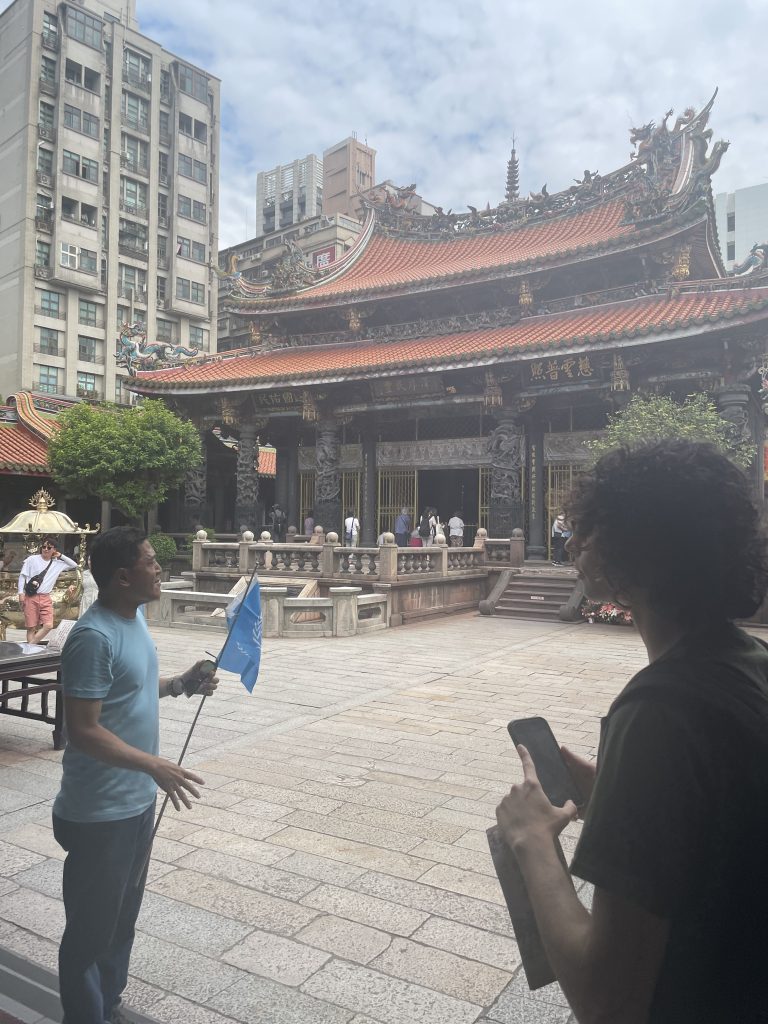
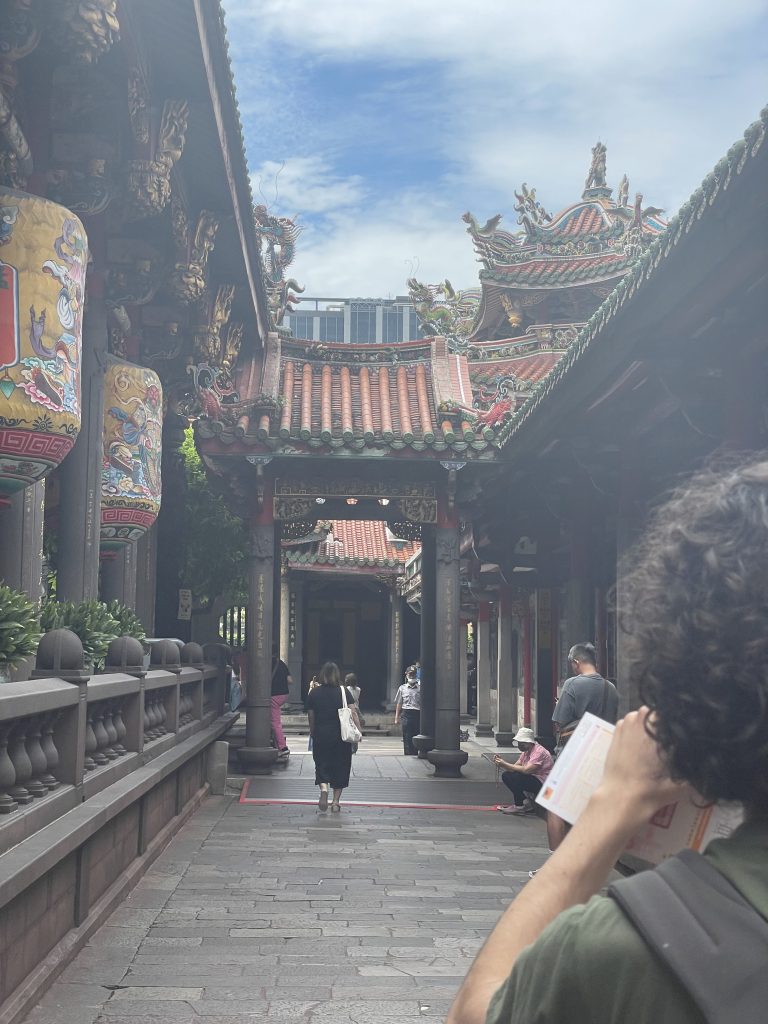
During our time there, I learned that people first pray to the heavens before turning toward the main temple to pray to the main god, Guanyin, the Goddess of Mercy.
Fun Fact, Guanyin is also worshipped in India, but portrayed as a male figure there, thus referred to as Guanyin, the God of Mercy.
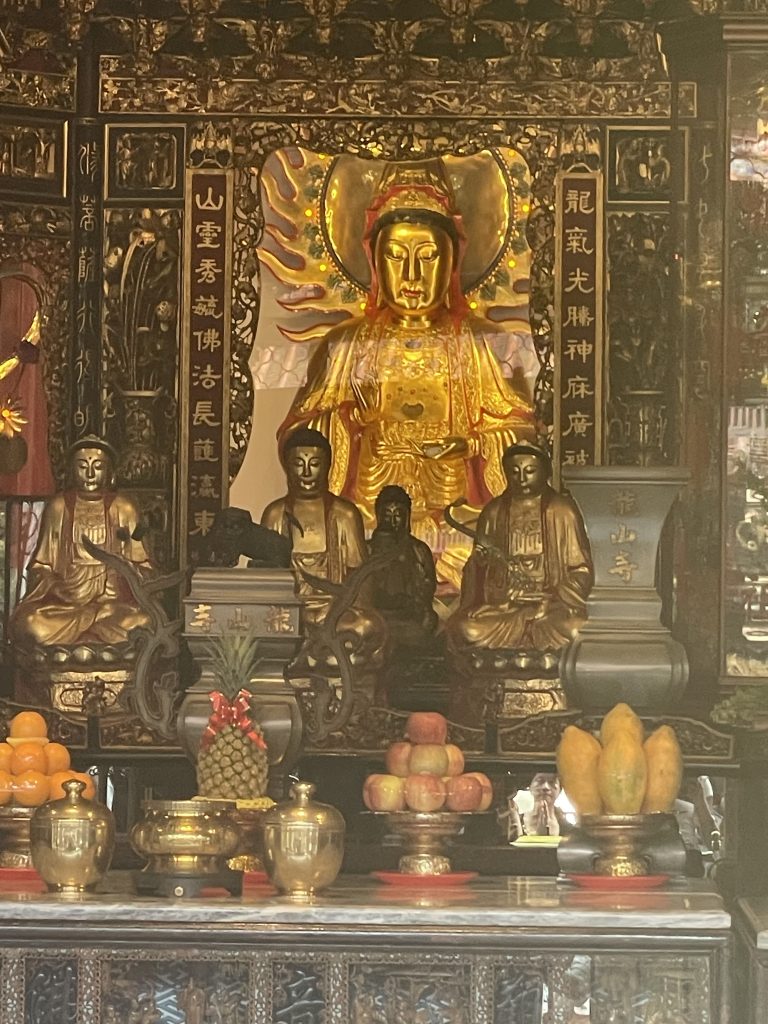
Besides this, I learned about the offerings people bring when visiting the temple. These offerings are presented to the gods, but it’s understood that the gods consume them in a spiritual sense rather than physically. Because of this, people typically bring food that they themselves enjoy and would later eat, sort of like a symbolic gesture of sharing.
To end my note on Longshan Temple, I want to share what I learned about how people pray. When asking the gods a question, usually a yes or no question, they use confirmation blocks to receive the god’s answer, If both blocks face up, it means the gods are laughing at your question, If both face down, it means no, If one faces up and the other down, it means yes.
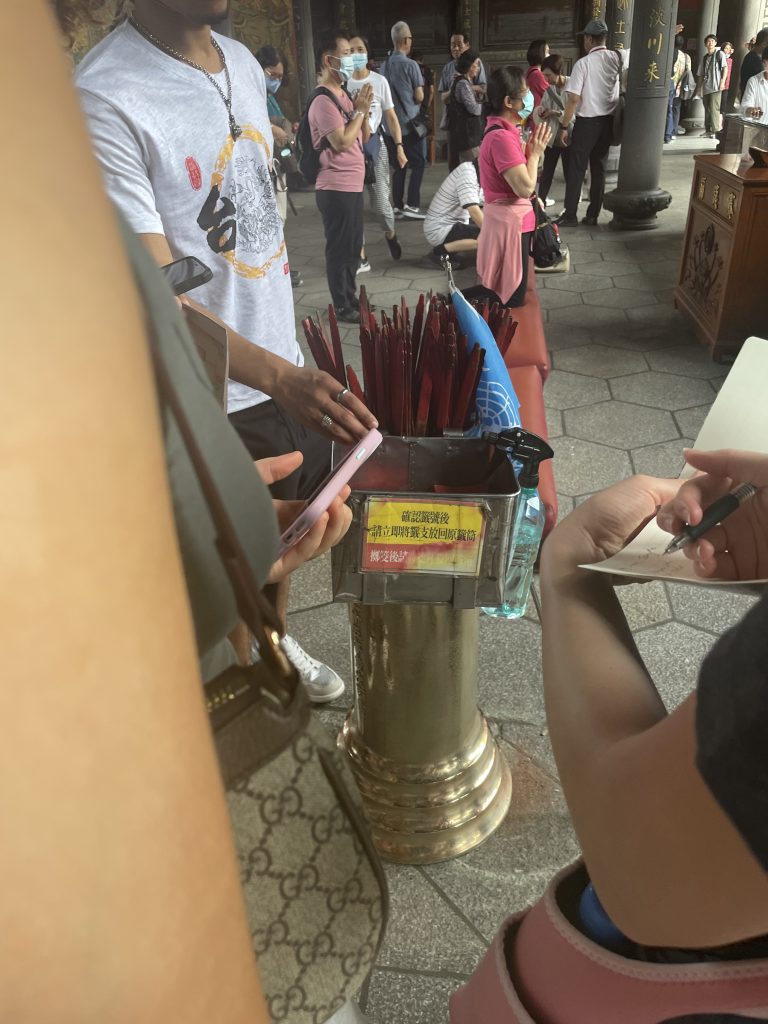
Moving forward, the next temple we visited was Xingtian Temple, which follows the Daoist religion.
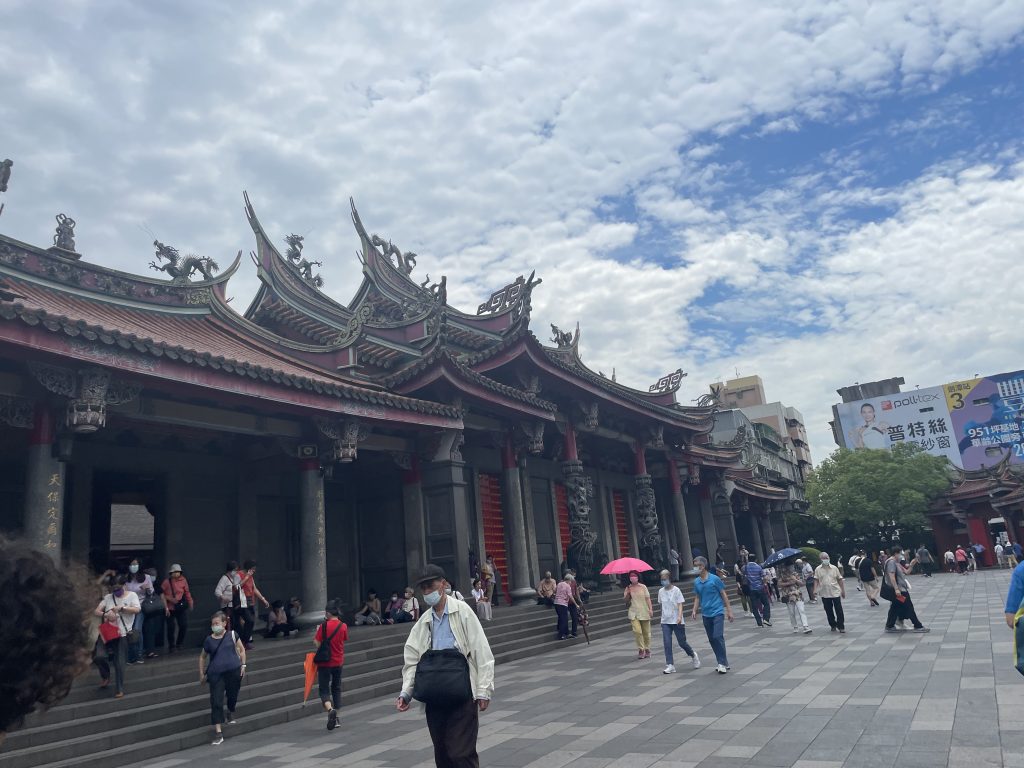
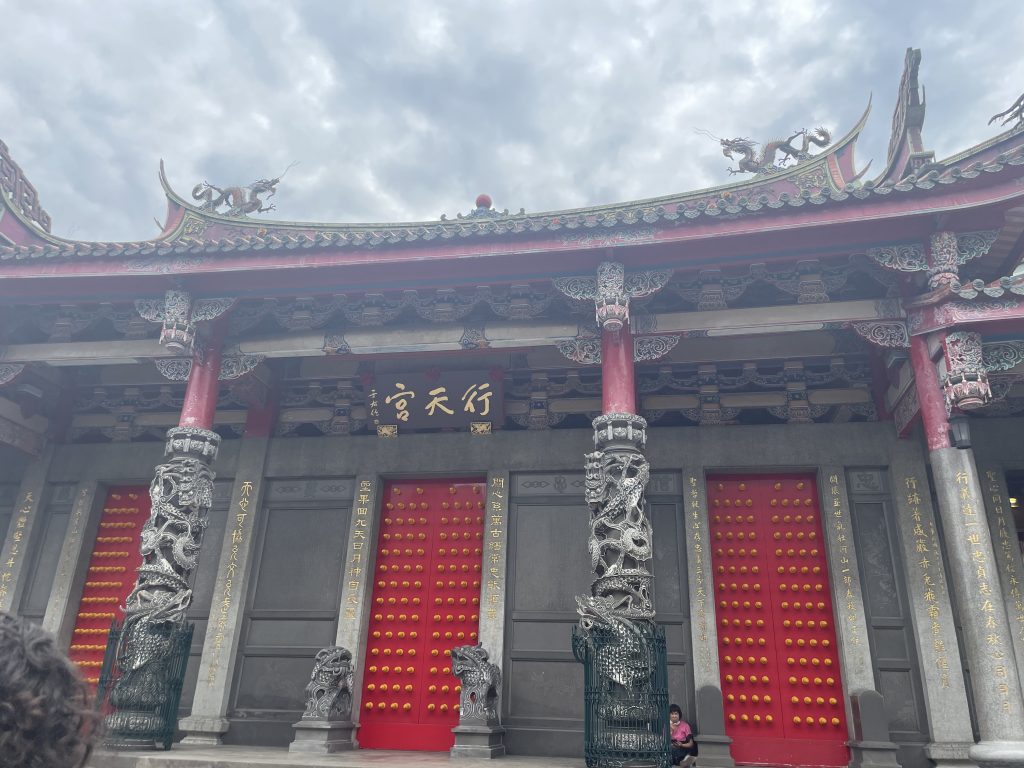
This temple is relatively newer, having been built in the 1860s. It’s more compact, with everything centered around the main courtyard.
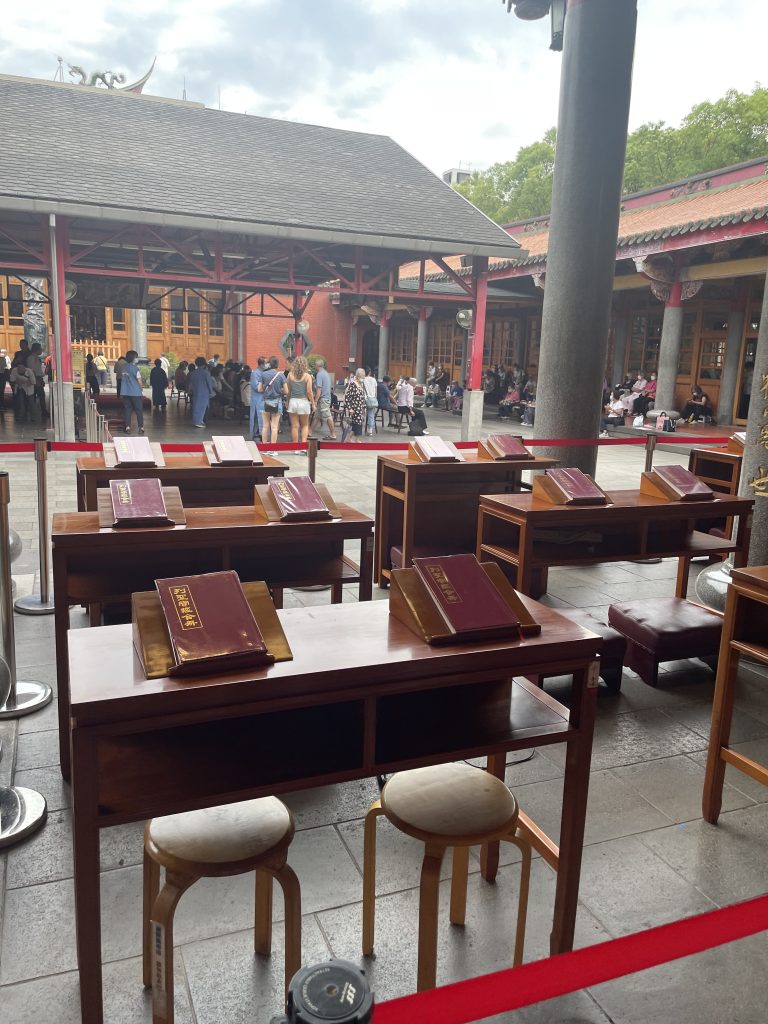
A really heartwarming feature of this temple is that it includes a health center for the elderly, a beautiful way to connect community care with spirituality.
Further back within the temple is where the gods are placed, and where people come to pray.
To end my note on Xingtian Temple, I found it fascinating how each god has a different purpose. There’s a God of War, a God of Business, a God of Romance, and so on. Depending on what you need, you direct your prayers to the specific god aligned with that aspect of life, asking for blessings, protection, or guidance.
Interestingly, there are also gods who don’t represent any specific domain, but people still pray to them for general protection and support.
By this time, we were nearing midday and made our way to enjoy some Mongolian Barbecue.
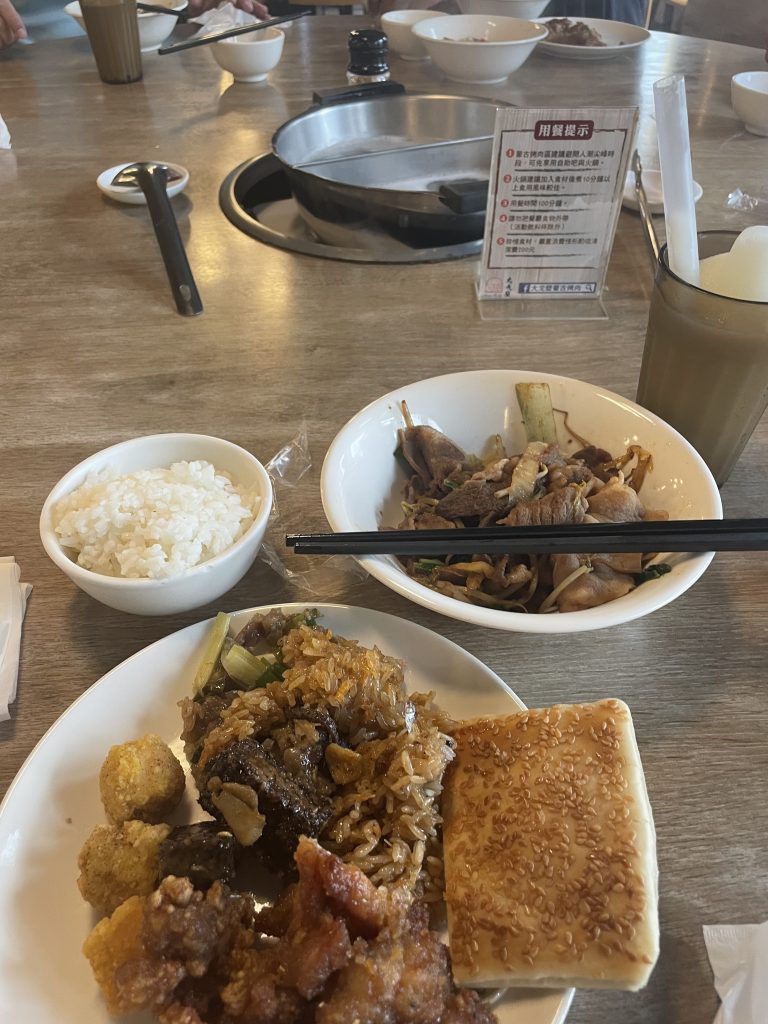
Delicious, Delicious, Delicious!!!
From there, we continued our journey toward the ever-famous Palace Museum.
On the way, we stopped to see the changing of the guards.
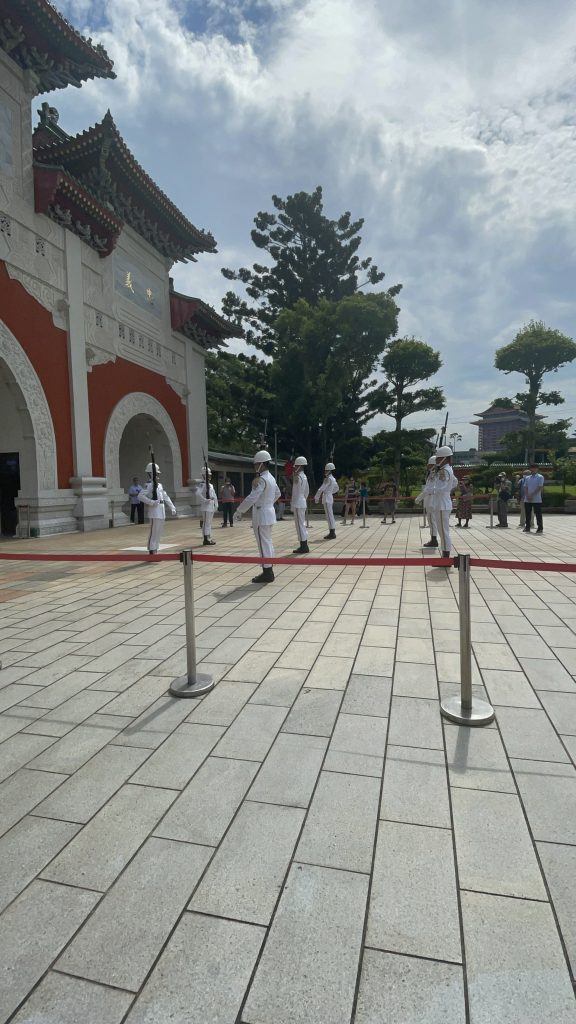
Very exciting!
After witnessing the ceremony, we arrived at the Palace Museum.
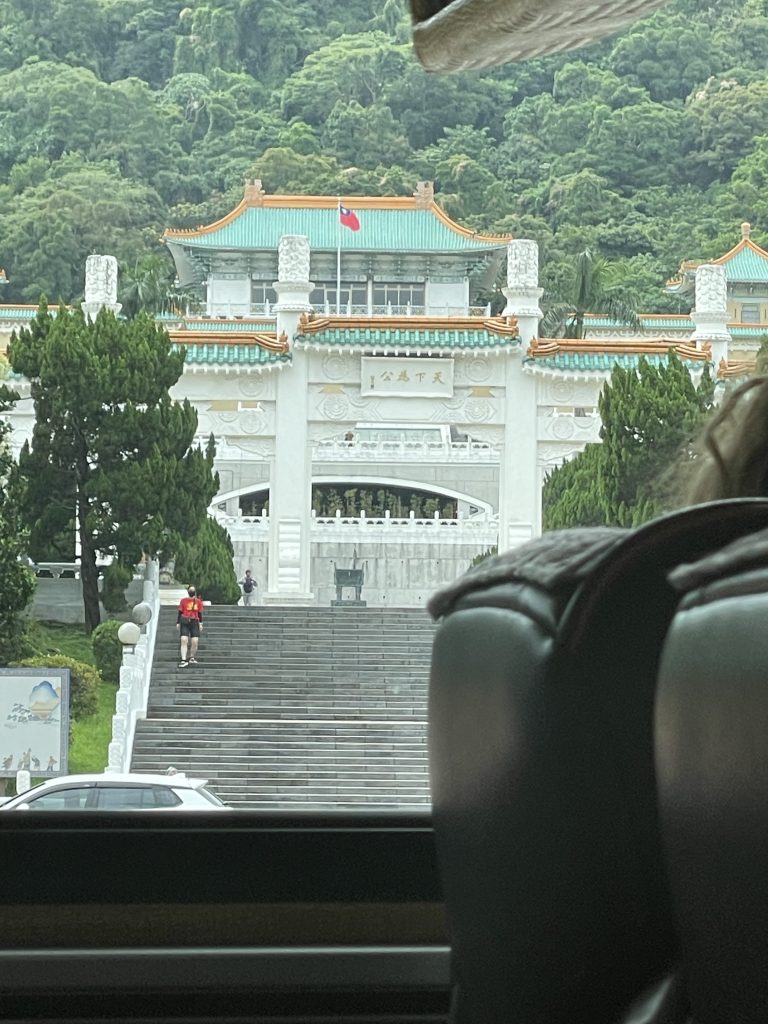
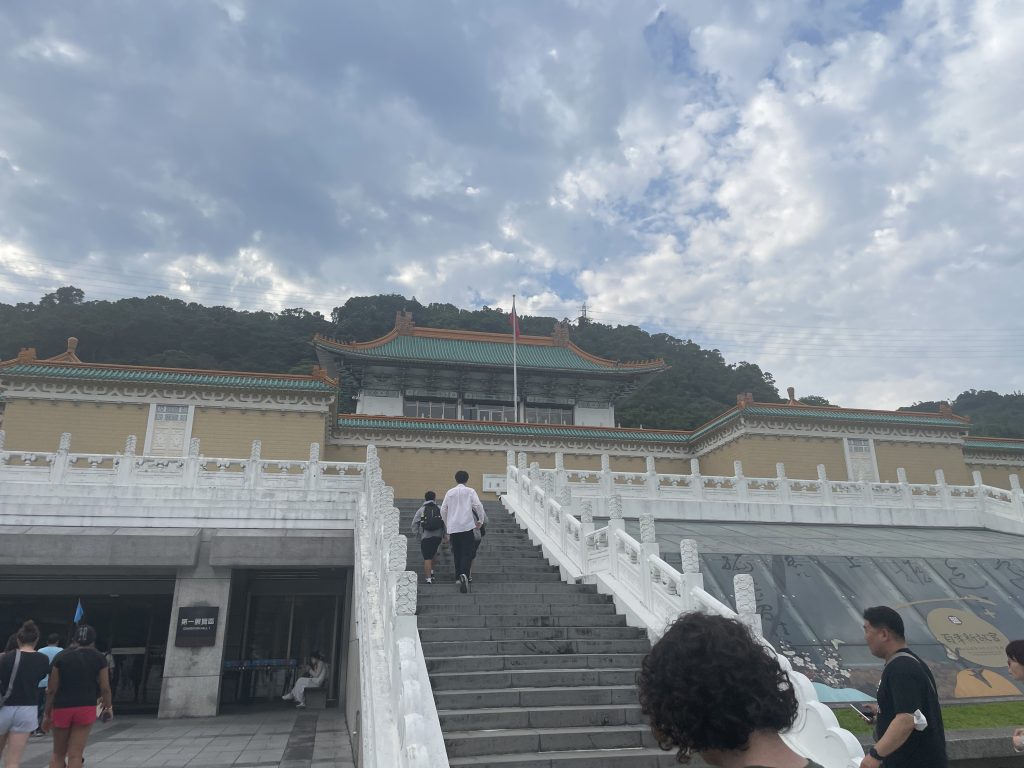
What an amazing place! It’s home to a vast collection of antiques, from jade to porcelain, and offered an eye-opening, breathtaking experience I’m truly grateful to have had.
Throughout our visit, we explored various historical artifacts and heard many interesting stories.
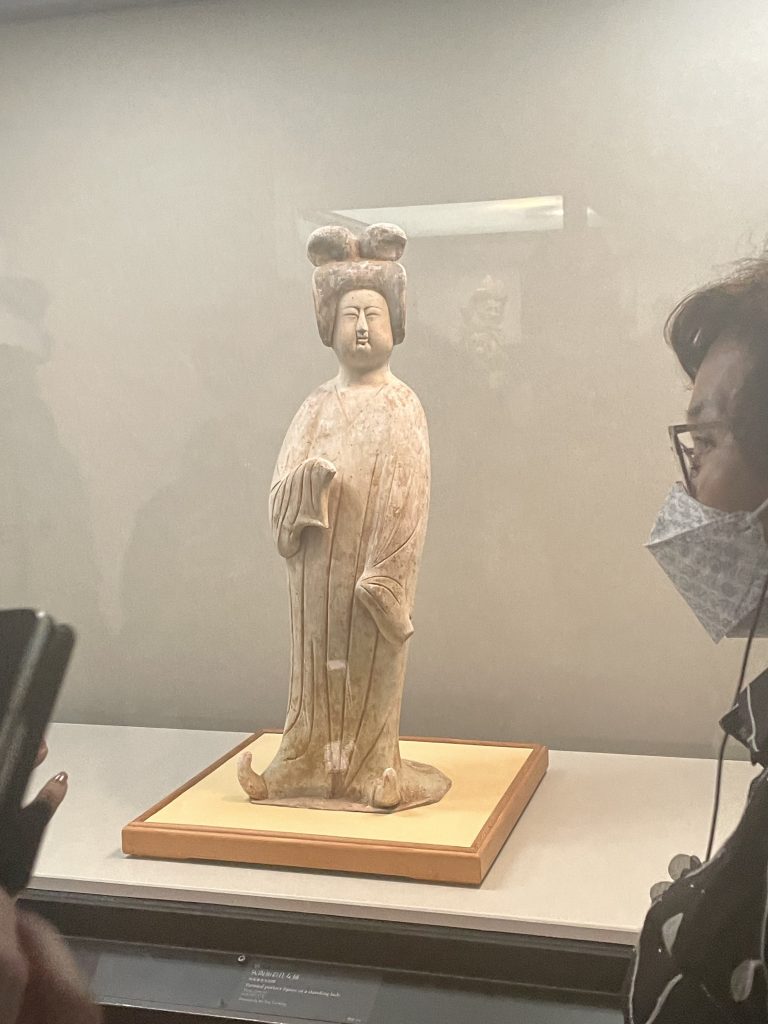
One story that stuck with me was about this little statue of a woman. She represents the aesthetic standard for women during her time. Back then, the more plump a woman was, the more beautiful and desirable she was considered. Such a contrast to today’s often unrealistic ideal that praises being skinny.
And with that story comes the end of my story, the end of another wonderful day.
Once again, it was a pleasure sharing my day with you all. Can’t wait for Day 4!
Talk to you later, Bye!
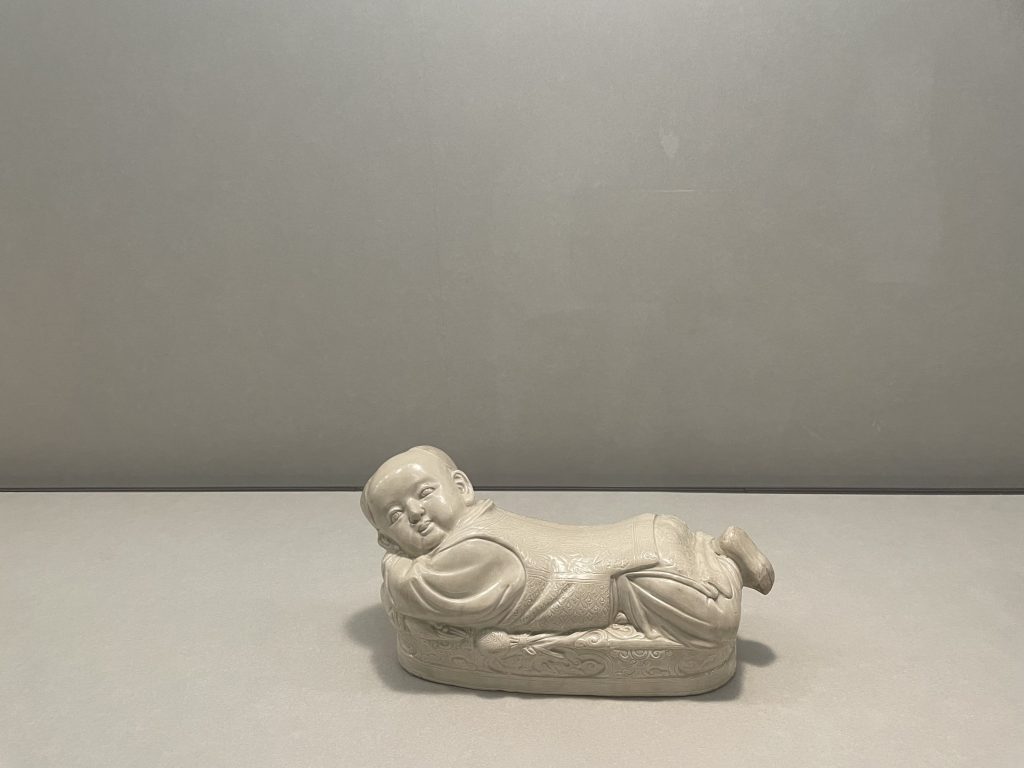
I didn’t know that Guanyin is also worshipped in India, very interesting!